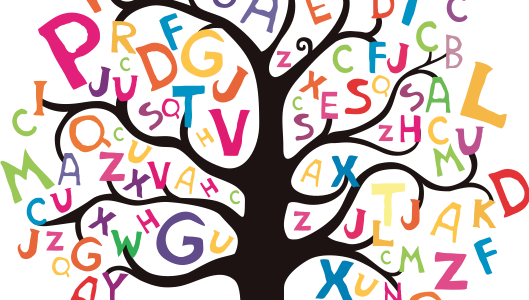Learning Orthography in the English Classroom

Just before we begin the new school year, I am preparing for our school’s traditional pre-year seminar. This time I am going to focus primarily on orthography as this need emerged from our end-of-year meetings. I have been reading extensively about how, when and if at all we should teach orthography to young learners: explicitly, implicitly, or through mere exposure to longer word sequences. How can I come up with a dogmatic decision when specialists’ views are of conflicting character? However, based on the experience of so many years of teaching, I could point out the following:
- Learning to spell should come after the learner has acquired a decent number of vocabulary items, which means that first young learners are immersed in the spoken language and much later in its written representation. This holds true for both native and non-native learners of English. As a result, course books which start with writing are totally in conflict with the various developmental stages of the young children.
- Teaching young learners the names of the letters causes more errors to spelling because children tend to use the name and not the sound of the letter in their writing. Consequently, children who have learned the names of the letters “may notice that /kɑr/ sounds similar to the familiar sequence /ɑr/. Because the syllable /kɑr/ sounds similar to /ɑr/, the child may spell the syllable as “r” if he or she knows that /ɑr/ is the name of the letter r: kr/cr.” (Treiman & Bourassa, 2000)
- Phonics can help at the initial stage of children’s tuition, that’s why we have to teach phonics explicitly.
- There should be some explicit orthography instruction but in later years of children’s tuition manly through the acquisition of derivatives, antonyms and morpheme formations (sign-signal- signalling).
- The old-fashioned “method” of children’s writing the new words ten times to “learn” them serves no purpose according to research findings.
- Silent letters should be presented at later stages explicitly but normally children use their overall language skills to workout rules based of the extensive exposure to words with silent letters (write, know, doubt) (ibid)
As a result, we teachers have a tough time both teaching children orthography and trying to persuade parents that learning English spelling does not occur overnight. It takes time and effort and, at the end of the day, as the learners move to higher levels, very few errors persist. In my students’ essays the fewest errors are orthography errors.
As a corollary of the above, we should not panic if our young learners make spelling errors. It takes time but the results are worth the wait. What we really need is reading and learning.
